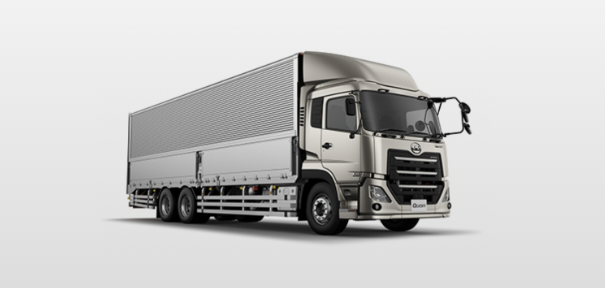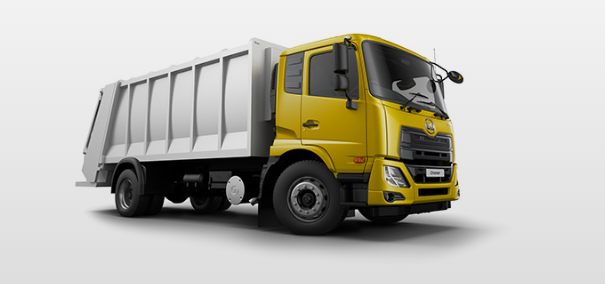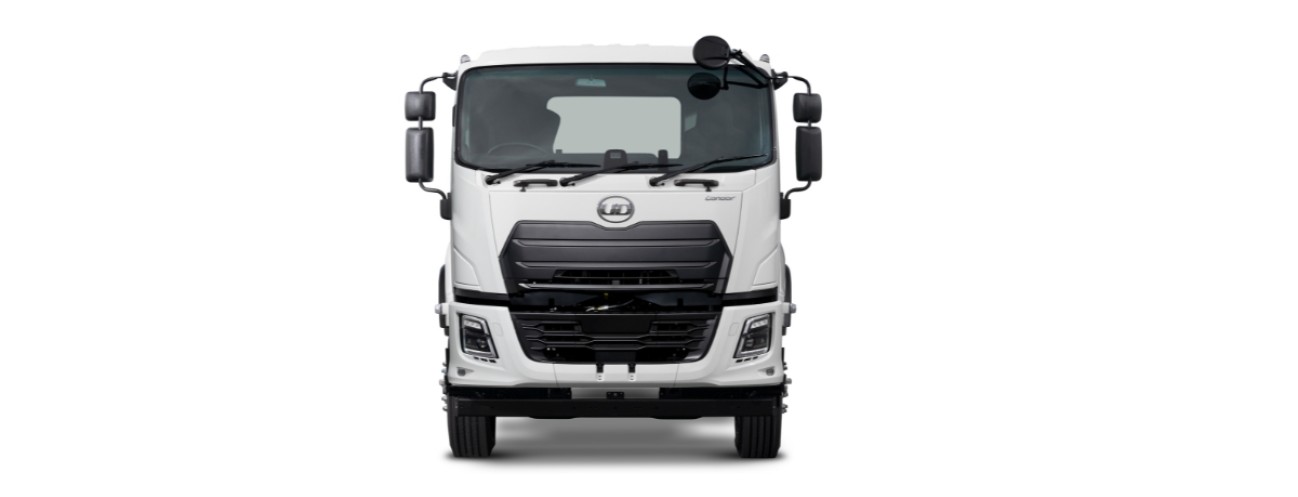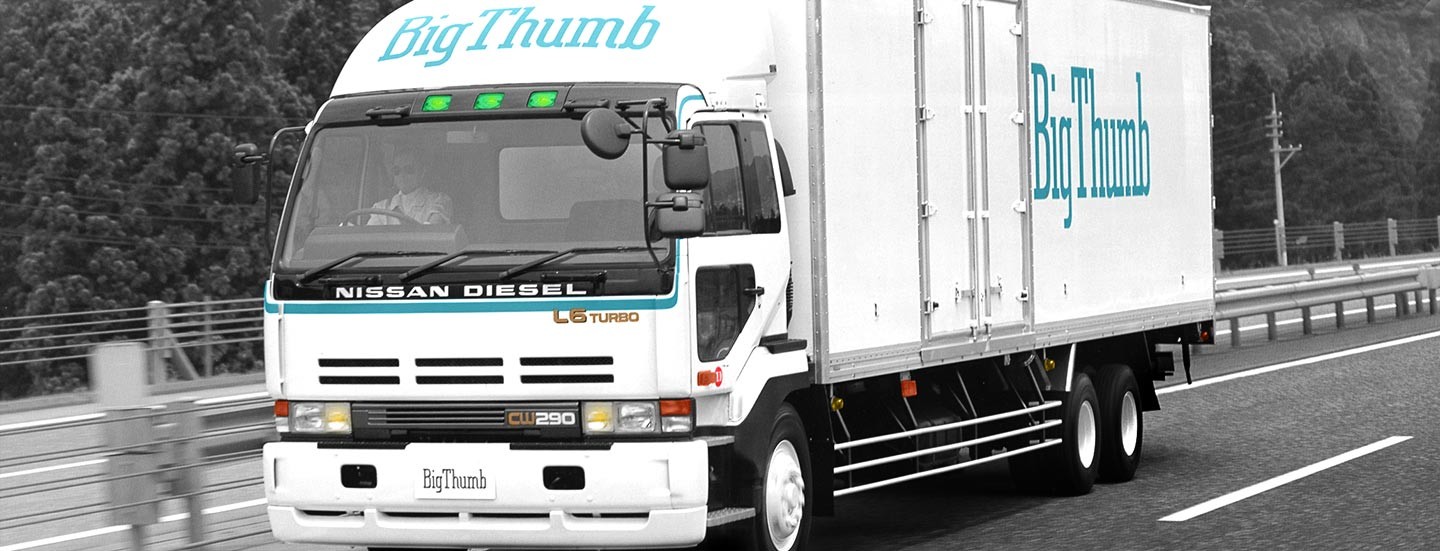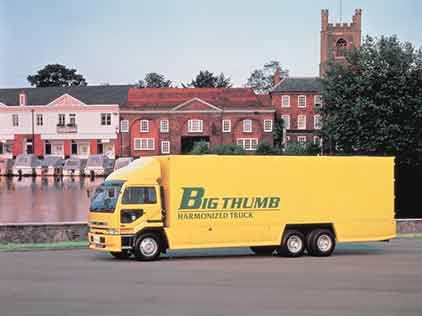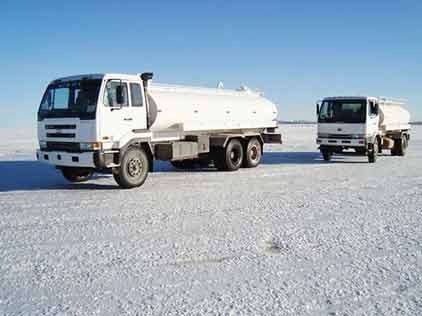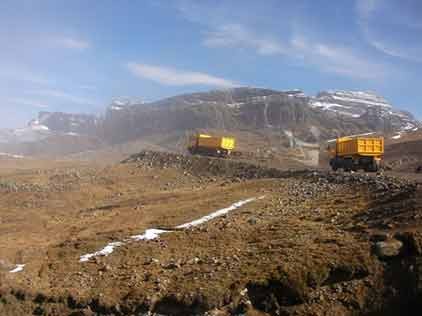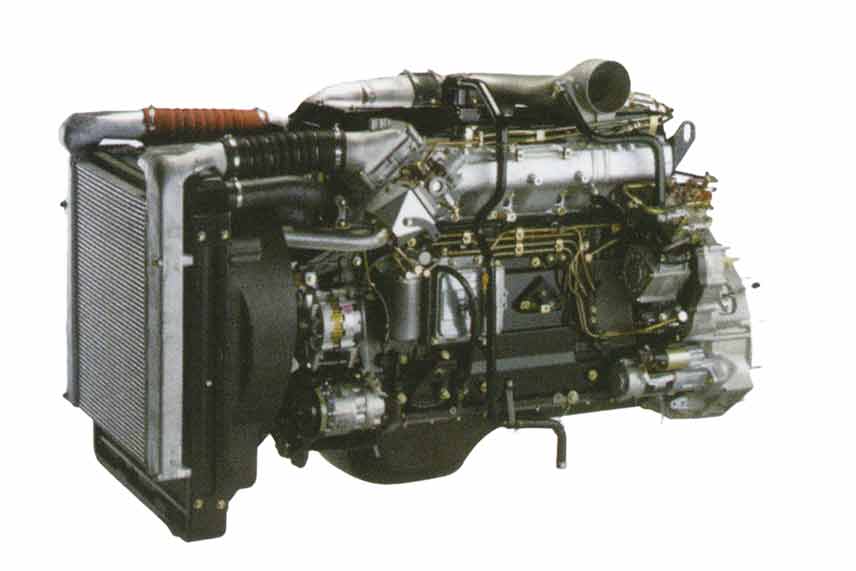
Select Segments
ALL MODELS
CONSTRUCTION
GENERAL CARGO
LONG HAUL
WASTE MANAGEMENT
ALL MODELS
CONSTRUCTION
GENERAL CARGO
LONG HAUL
WASTE MANAGEMENT
Heavy duty
Medium duty
Quick Link
Heavy duty
Medium duty
Quick Link
Heavy duty
Medium duty
Quick Link
Heavy duty
Quick Link
Heavy duty
Medium duty
Quick Link
